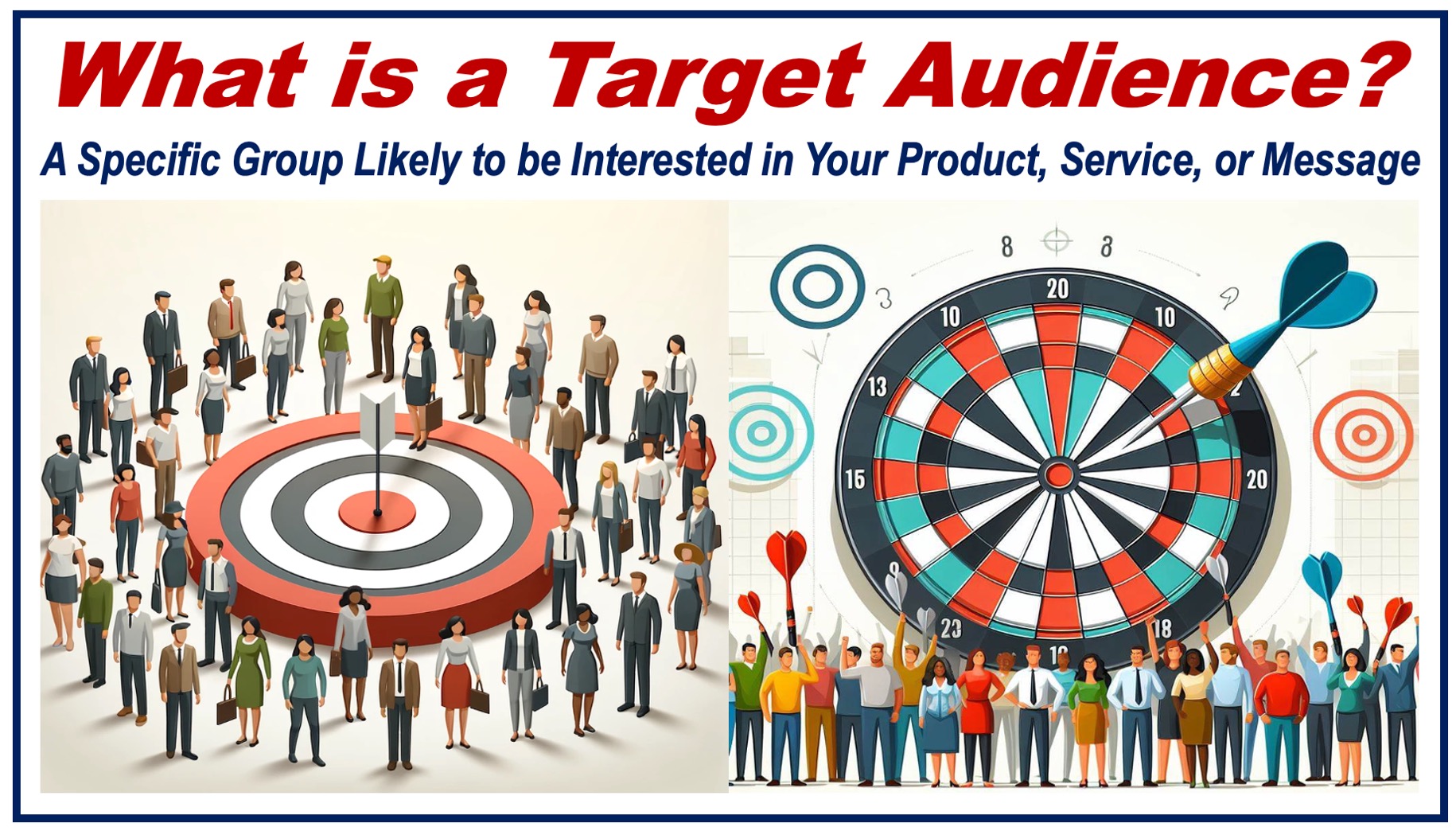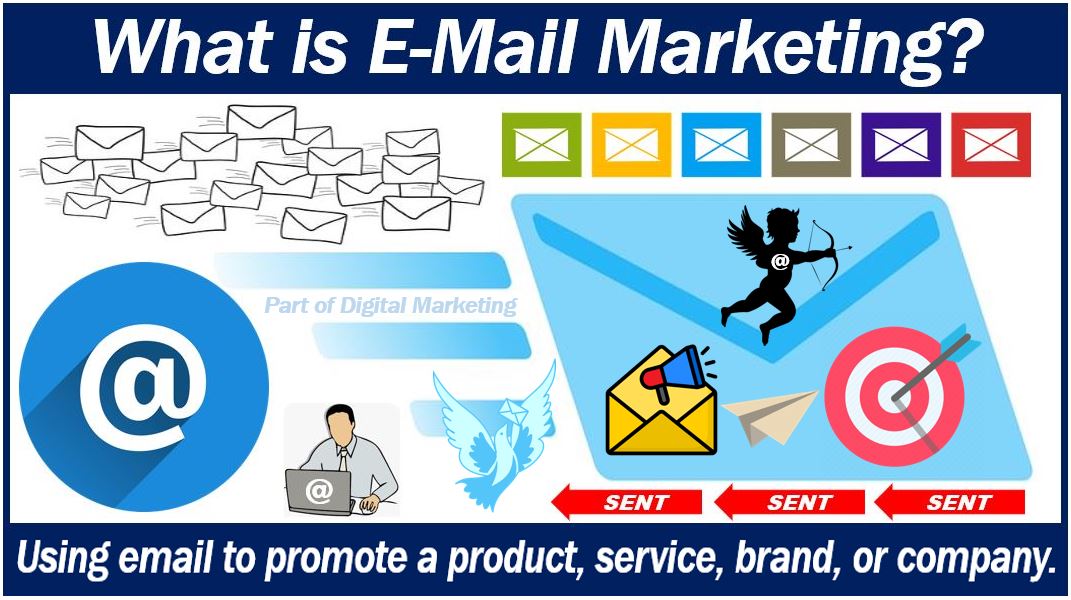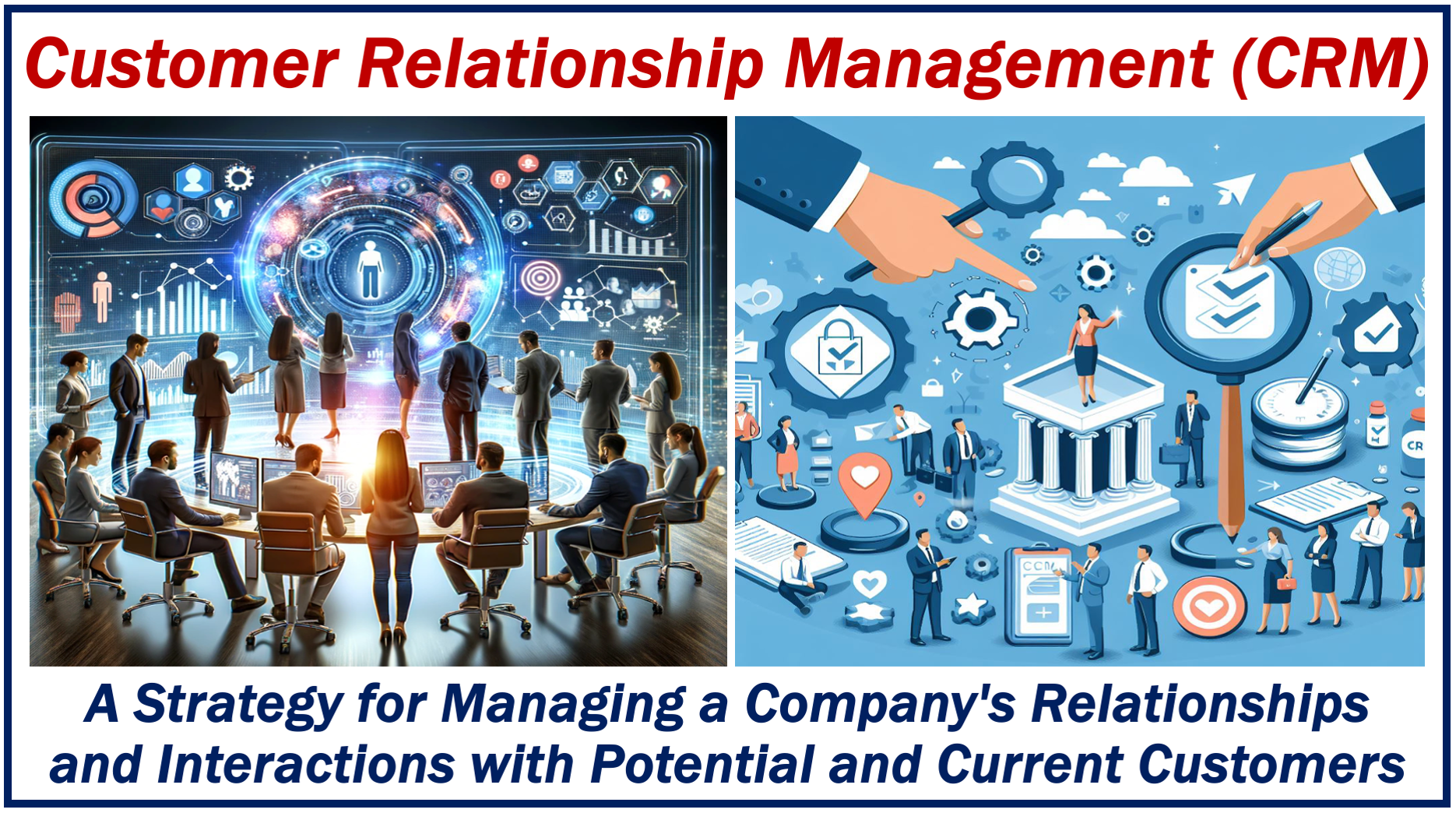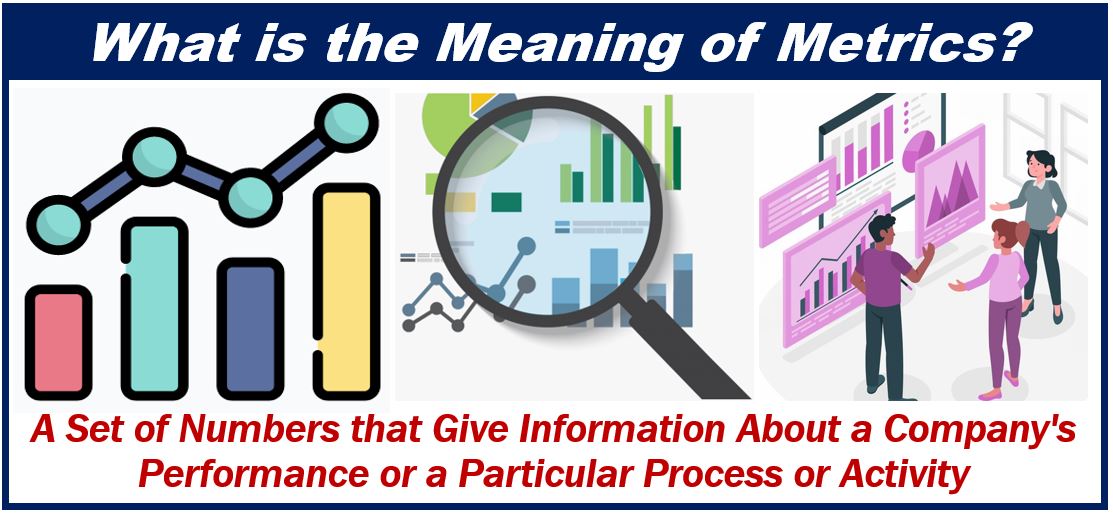If you rely on attracting and converting potential customers, Lead Generation is a crucial part of your business. It is the foundation of any sales funnel, the process of turning a stranger into a buyer.
A “lead” is the name of a person, company or organization, plus perhaps their address, phone number, and email. A warm lead, that is, somebody who you think has a good chance of turning into a paying customer, is a prospect.
Lead generation involves various strategies and techniques to create leads. In other words, strategies to generate interest and inquiries related to your company’s products or services.
At its core, lead generation is about building connections with potential clients, nurturing their interest, and guiding them through the purchasing journey.
Salesforce.com has the following definition of the term:
“Lead generation is the process of gaining the interest of potential customers in order to increase future sales. It is a crucial part of the sales process of many companies.”
Your target audience

First, you need to identify your target audience – the specific group of consumers most likely to want or need your product or service.
In the world of business, it is crucial to understand who your potential customers are, their needs, and how they make their purchasing decisions. This involves market research and the use of data analytics to segment your audience and tailor your marketing strategy specifically for them.
Attracting people’s attention
After you have identified and defined your target audience, your next step is to attract their attention. There are many ways to do this.
-
Online strategies for lead generation
Content marketing, such as blogs, infographics, and videos, plays a significant role here, providing valuable information that resonates with potential customers.
Since the advent of the Internet, social media platforms have become powerful tools for engagement, allowing entrepreneurs to reach a broader audience through paid or organic promotions.

E-mail marketing is another effective channel for lead generation. By sending targeted messages to a curated list of contacts, you can nurture leads by providing them with relevant information and updates about products or services. In this context, the word “curated” means selectively gathered to match specific criteria or interests.
-
Offline strategies for lead generation
Traditional approaches like networking events, trade shows, and direct mail (traditional mail) campaigns still hold value.
Offline strategies such as trade shows provide a personal touch, which for some products and services, are great for lead generation and boosting conversion rates. The term “conversion rate” refers to the percentage of leads or prospects that become paying customers.
Using technology

The use of technology has also enhanced lead generation processes. Tools such as Customer Relationship Management (CRM) systems can help your business track interactions with potential and current customers, making it easier to tailor future communications and offers based on past behavior and preferences.
Automation tools can streamline repetitive tasks such as sending out emails, posting on social media, answering customer queries, scheduling appointments, content distribution, and analyzing marketing data, allowing you to focus more on strategy and less on day-to-day operations.
Lead generation and lead qualification
Not all leads are created equal. Some potential customers may be much further along the buying journey than others.
Lead qualification involves assessing a lead’s interest and suitability for your product or service. This helps you prioritize your efforts, focusing on the leads most likely to convert into sales.
From lead generation to conversion
Once leads are generated, the focus shifts to conversion. Conversion strategies involve specific actions designed to turn leads into paying customers.
This might include special offers, free trials, or detailed product demonstrations, all of which can help persuade a prospect to make a purchase.
Continuously refining your lead generation techniques
Finally, it’s crucial for businesses to continuously analyze and refine their lead generation strategies. By understanding what works and what doesn’t, you can optimize your efforts to ensure better results.

Metrics such as conversion rates and cost per lead provide valuable insights that can drive more informed decisions.
Final thoughts
Lead generation is an essential part of your business, especially if you want to grow.
It involves understanding who your potential customers are, engaging them through various channels, and nurturing their interest until they are ready to buy.
With the right strategies in place, you can not only increase your customer base but also build lasting relationships that contribute to your sustained success.
